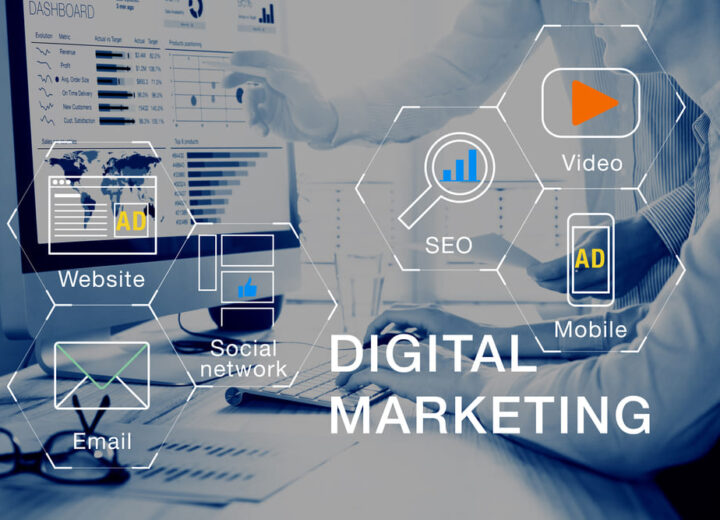In the current landscape, the role of IT integration driving digital transformation has become increasingly vital. It is not merely about connecting various technological systems; it represents a strategic approach that synchronizes data, applications, and systems to boost business efficiency and promote innovation.
As companies grow and develop, they frequently discover that they have various technological systems that operate independently. This lack of synchronization can result in inefficiencies, higher expenses, and missed chances. Integrating IT addresses these issues by ensuring that different technologies not only function together but also collaborate effectively to improve business operations.
One example is combining CRM systems with ERP software, which can offer a deep understanding of customer behavior and improve efficiency from production to customer service. This cooperation allows companies to react quickly to market trends and customer requirements, enhancing their flexibility and competitiveness.
Integration of IT is crucial for managing data efficiently. When organizations bring together data from various sources, they can use analytics more efficiently to uncover predictive insights and enhance their strategic decision-making abilities. This is necessary for fostering innovation and staying ahead in fast-evolving markets.
Businesses that focus on integrating IT into their digital transformation plans will not just survive, but also flourish as they progress. This approach allows organizations to become more flexible, data-oriented, and customer-centric, laying the foundation for a future where technology and strategy work together seamlessly to achieve the best results.




